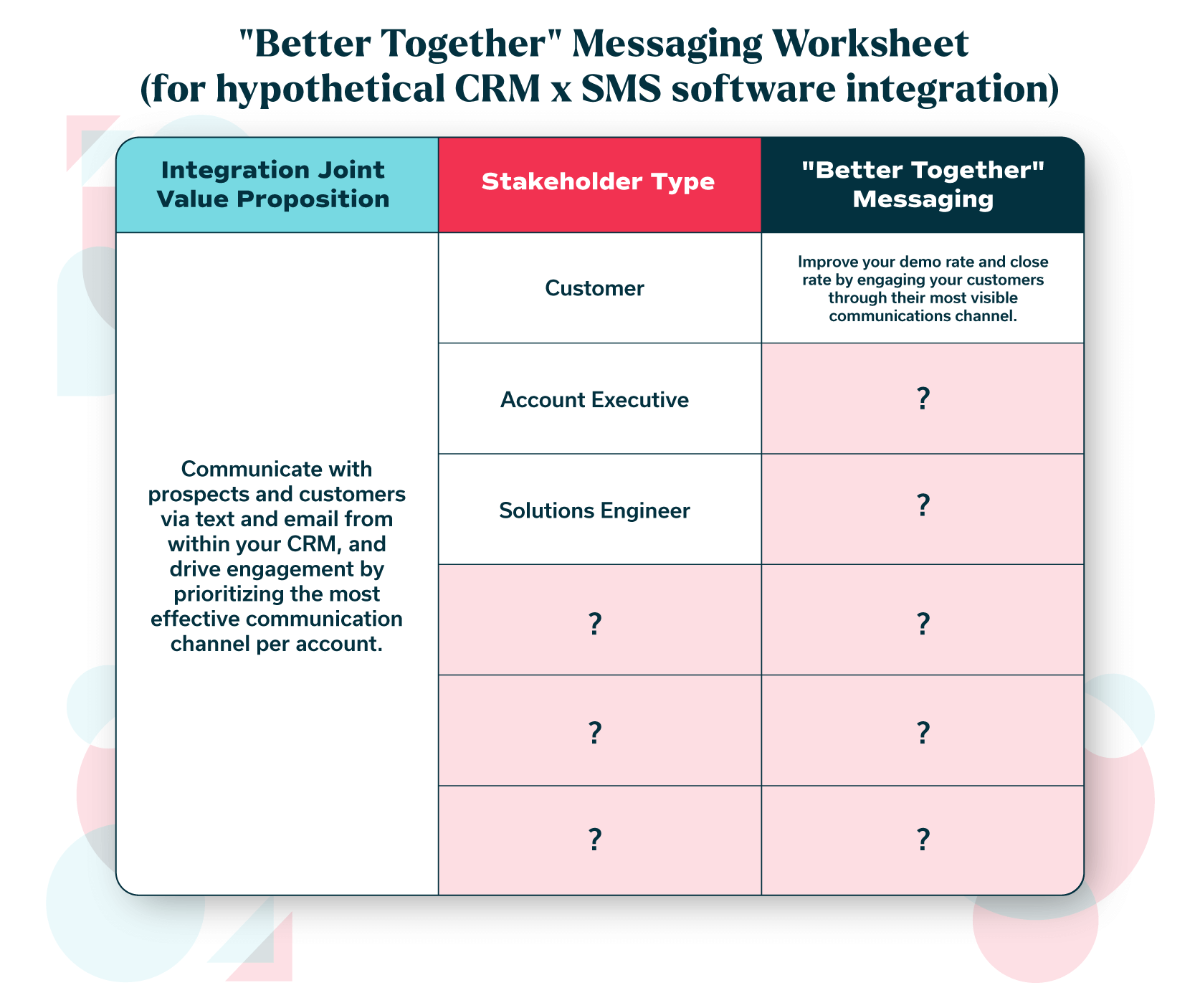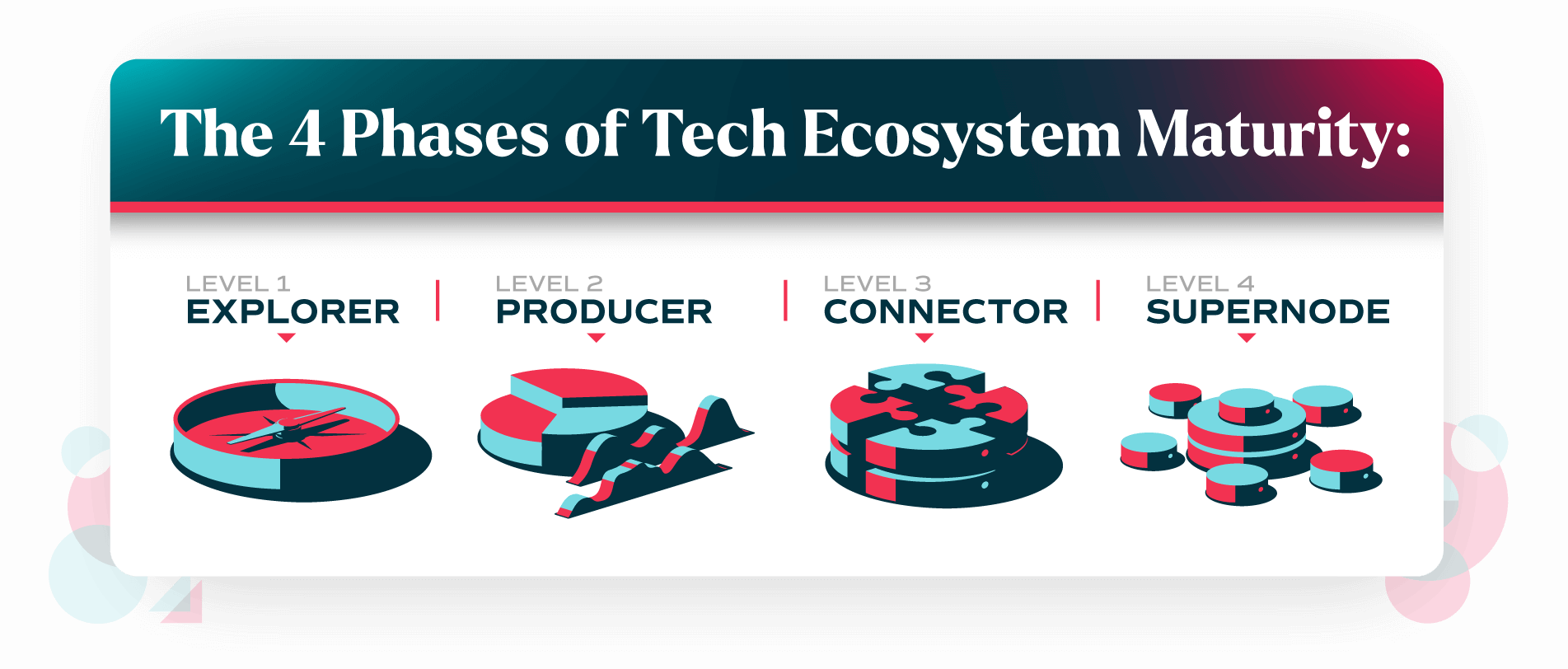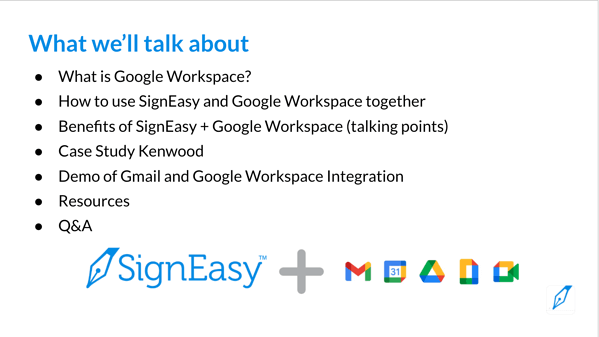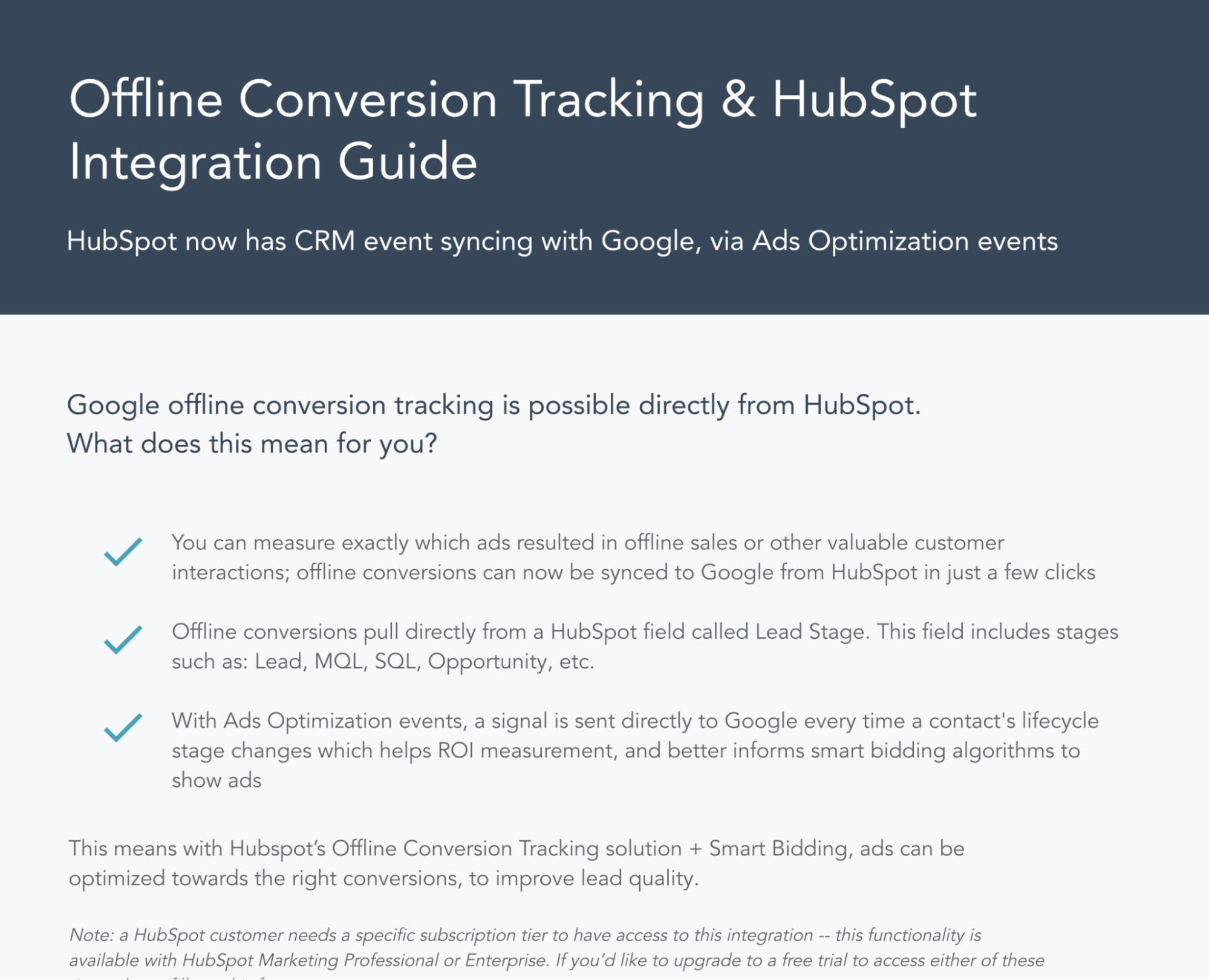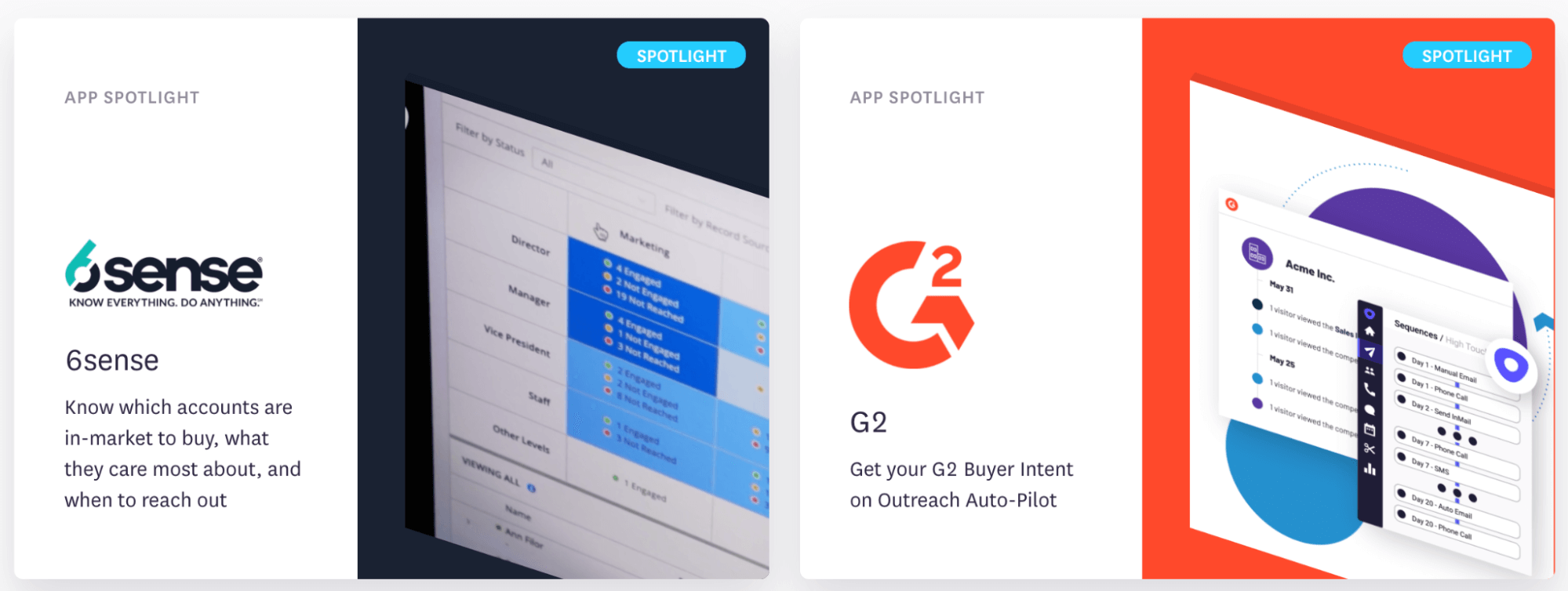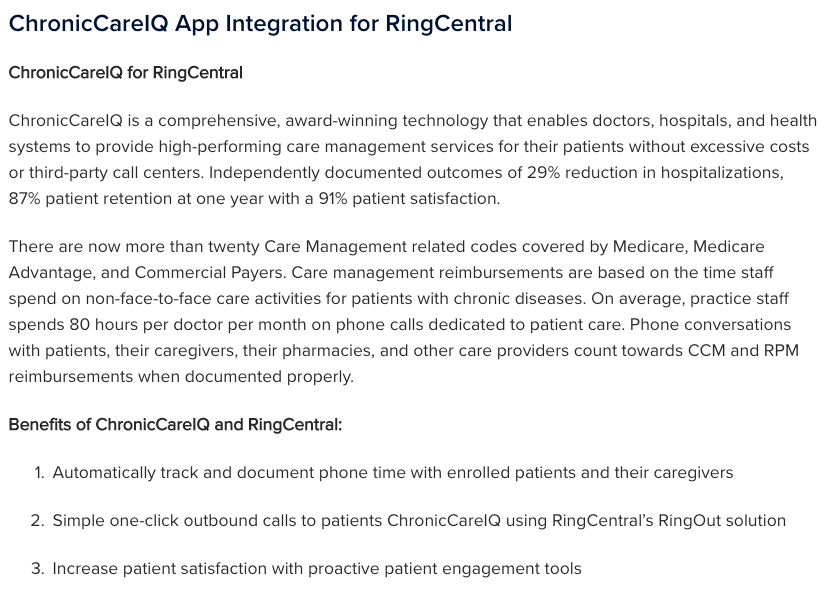This post is part of the “Tech Ecosystem Maturity” series, exploring the 30+ criteria of Crossbeam’s
Tech Ecosystem Maturity Diagnostic. The diagnostic helps you understand how your partner program stacks up against others in the B2B SaaS industry, what you’re doing well, and how you can advance to the next level of maturity. To learn more and take the tech ecosystem maturity diagnostic,
click here. Read the rest of the
Tech Ecosystem Maturity series here.
–
How you communicate the value of each of your integrations — your “better together” messaging — contributes to your tech ecosystem maturity level.
Think of “better together” messaging as the language and contents for communicating the joint value proposition of your integration. For instance, by integrating your customer relationship management (CRM) tool with your partner’s SMS software, your customers can send email and text to their prospects to increase their demo rate and increase opportunities in the sales funnel.
If your market-facing “better together” story comes to mind first, you’re on the right track. But there are multiple versions of the story you’ll need to develop. Your internal stakeholders [like your sales and customer success (CS) reps] and your partners’ team (like their sales and CS reps) need to understand the value of your integration, how it helps them do their job better, and how it will help the customer.
Multiply your “better together” messaging by the number of internal and external stakeholder types affected by and promoting your integrations, and you’ve got a lot of words to put to paper.
We’ve put together a worksheet for you to create the foundational “better together” messaging for each type of stakeholder. Make a copy of this worksheet for yourself, and give it a shot!
At the Supernode level of tech ecosystem maturity, your “better together” messaging and processes will change according to the:
- Individual products you’re integrating with
- Types of products (by category and vertical) you’re integrating with
- The internal and external stakeholders you’re communicating the value of your integrations to (for example: messaging for your customer success (CS) team to understand the value may be different than the messaging your CS team uses to show the value to existing customers; messaging for your partners will be different, too)
In general:
- For “Explorers”, there is no established “better together” messaging.
- For “Producers”, there is some established “better together” messaging but only for select strategic partners.
- For “Connectors”, there is “better together” messaging for select verticals and categories.
- For “Supernodes”, nearly every partner is provided the tools and templates to build messaging.
In this article, we’ll explore each maturity level and share how you can level up — and if you haven’t yet, be sure to take the diagnostic yourself. Let’s get started:
Tech ecosystem maturity level #1: Explorer
“Explorers” don’t have any repeatable processes or templates (aka: Ecosystem Ops) for establishing “better together” messaging at scale. On a case-by-case basis, you might develop some messaging for select partners. However, you don’t have templates or tools to help you move faster and there’s no rhyme or reason as to when you develop messaging and when you don’t. (Finally got a few spare hours in your day? Now you can develop tackle messaging for that partner you’ve been wanting to promote.)
Your existing integration partners exist as a simple CTA on your site and as an afterthought in the sales conversation. Don’t worry. You don’t need to develop messaging for all of your partners and other stakeholders just yet, but there are a few simple steps you can take to graduate to the “Producer” level of tech ecosystem maturity and accelerate your company’s growth.
How to advance to the “Producer” level
Create resources to help your internal and external sales reps familiarize themselves with your “better together” messaging. For example, SignEasy includes integration-specific demos while onboarding new sales reps. The presentations include talking points around the benefits of strategic integrations. Note: These materials should differ from the materials the sales reps provide the customer.
HubSpot and Google developed an integration guide for their customer success, marketing, and sales teams prior to launching their Ads Optimization Events Tool.
Split out your internal messaging in a way that resonates with specific roles on your team. Your CS team will care more about how the integration improves customer satisfaction, and your solutions engineers (SEs) will care more about how the integration improves your product’s functionality. Bake these different perspectives into the resources you use to enable your internal and external teams.
Determine how to frame the value of your joint value proposition to your partner’s team. You’ll need to communicate effectively with your own sales reps and your partners’ sales reps. Ask your partner how their sales reps receive information most effectively. Perhaps your partner’s sales reps appreciate having integration one sheets, or maybe your partner has an internal resources page with form-fill questions you can fill out.
When communicating the value of your integration to your partner’s sales reps, Fabian Eckstrom-French, Head of Partnerships at Stensul, an email creation platform, says to think about the benefit of the integration from the partner’s AE’s perspective.
“We need buy-in at the organizational level for the partner to say, ‘Yeah, we agree, this is why it’s good for our sales reps,’” says Fabian Eckstrom-French. “This is the joint value for customers and this is how it makes your life better.”
Tech ecosystem maturity level #2: Producer
As a “Producer,” you’ve established “better together” messaging and processes but only for your most strategic partners. At this level, creating “better together” messaging for all of your partners would be too much of an undertaking.
An example: Outreach, a sales engagement platform, has app spotlights to highlight strategic partners on its integrations page.
Once you graduate to the “Connector” level, you’ll have the templates and tools to tackle messaging for specific partner types and verticals.
How to advance to the “Connector” level
Roll out enablement training sessions for each type of role on your internal team and your partner’s team. Go beyond the collateral and get some face time.For instance, host a training session for CS managers on your partner’s team that helps them understand how the integration will improve customer satisfaction and thus retention, and frame the messaging accordingly.
Establish “better together” messaging for partnerships by category or vertical. If you tend to build integrations with CRMs and solutions targeting the finance industry, for instance, create messaging and processes specific to those types of partnerships. This way you can replicate the process and adjust the messaging for other partnerships in the same categories.
RingCentral, a unified communications as a service (UCaaS) platform, has “better together” messaging for its “Premier Partners,” which includes partners in the healthcare vertical (like cloud-based chronic care management company ChronicCareIQ). Katie Harmon, ISV Platform Partnerships at RingCentral, and her team work with these Premier Partners to develop go-to-market campaigns and swap leads.
Customers in the healthcare industry who use RingCentral’s integration with ChronicCareIQ can communicate more effectively with their patients via video, phone, and other channels and generate revenue for the time they spend with patients online.
“Better together” messaging on the ChronicCareIQ integration listing on RingCentral’s website
To establish its “better together” messaging with Premier Partners, RingCentral typically asks its partners to:
- Create a pitch deck communicating the joint value proposition.
- Fill out a matrix answering questions about their “better together” messaging, which their internal sales teams can use as a reference throughout the sales cycle.
- Conduct presentations for RingCentral’s internal solutions engineers communicating how the integration will help them be more successful in their roles.
“It’s all uniform, so our sales teams know what to expect when there’s a new partner onboarded,” says Harmon.
Identify reusable components of your “better together” messaging. Fabian Eckstrom-French at email creation platform Stensul recommends looking for components of your “better together” story that could apply to all partners or to at least some partners according to vertical or category.
For example, when pitching to potential partners in the email service provider (ESP) category, Stensul’s “better together” story might include:
- Increasing the amount of emails the partner’s customers will send, and thus increasing the amount of revenue they can generate from the customer
- Saving time for the partner’s customers, enabling their customers to spend more time using the partner’s features and functionalities they wouldn’t otherwise use and making the partner’s product “stickier”
Tech ecosystem maturity level #3: Connector
As a “Connector,” you’ve established “better together” messaging and processes for partners according to type and vertical. For example: You have high-priority integrations with business intelligence tools (type) and with products solving challenges for customers in the shipping industry (vertical). You’ve got a good thing going, and the next step is to provide all of your partners with the templates and tools they need to establish “better together” messaging.
How to advance to the “Supernode” level
Create templates so you and your partners can fill in the blanks and go to market faster. Identify the information your internal teams need to promote your integrations, and create templates for your partners to fill out. Store the answers and other co-selling collateral in a custom resource center, cloud collaboration tool, or project management tool. In other words: in the places where your teams work. It’s your responsibility to make these resources easy to find. As soon as you recognize patterns in the deliverables and types of messaging you need, create a process and the templates to get your integration’s value into all of your stakeholders’ hands faster.
Prioritize by establishing partner tiers. All partnerships are not created equal. As you grow your ecosystem you’ll be able to demand different things from different partners and incentivize them accordingly. This will help you to focus on high impact partnerships. Additionally, provide your partners with more of a co-marketing investment from your team as they level up in the partner tiering ranks.
Make your integration listing’s self-service so partners can update your better together messaging on the fly. Send automated recommendations for how your partner can improve their integration listings, like Salesforce does.
Tech ecosystem maturity Level #4: Supernode
You’ve made it to the “Supernode” level, and you’ve got enough “better together” stories to write a novel. Your partners, your partners’ teams, and your internal teams know exactly how to message your “better together” story and why your integration matters.
Since much of the process is automated or in the hands of your partner, you can now focus your efforts on getting strategic with your co-marketing campaigns (Stay tuned for How to Level Up Your Co-Marketing Campaigns — up next in our Tech Ecosystem Maturity series!).
—
Your “better together” messaging and process is just one criteria of 23. Take the Tech Ecosystem Maturity Diagnostic, and you’ll find actionable tips for graduating from one maturity level to the next. Plus, you’ll receive custom-tailored content according to your answers in the months to come. What’s your level?


